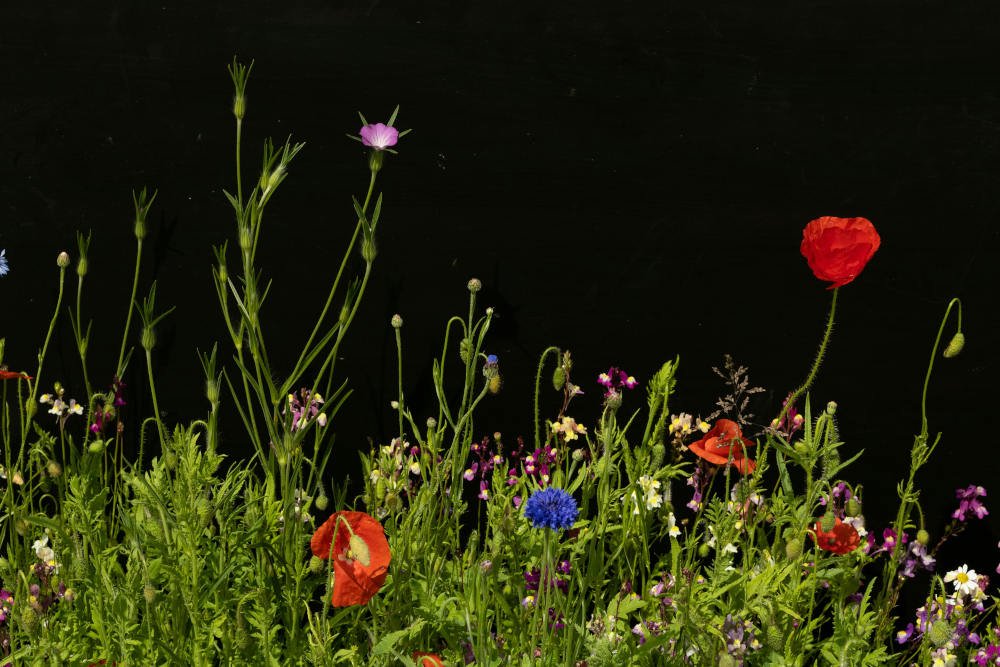
Wildcrafting is the ancient art of harvesting wild plants from their natural habitats for food, medicine, and spiritual use. Long before the invention of agriculture or synthetic pharmaceuticals, people around the world relied on wildcrafting to survive and thrive.
Today, wildcrafting is making a comeback as more people seek sustainable, natural alternatives to processed goods. But what does wildcrafting actually look like in practice?
This article explores real-world wildcrafting examples, including common plants, cultural traditions, sustainable harvesting techniques, and modern applications—from herbal teas to natural skincare and even gourmet cuisine.
Panaprium is independent and reader supported. If you buy something through our link, we may earn a commission. If you can, please support us on a monthly basis. It takes less than a minute to set up, and you will be making a big impact every single month. Thank you!
What Is Wildcrafting? A Quick Overview
Wildcrafting (also known as wild harvesting or foraging) involves collecting non-cultivated plants, fungi, or other natural materials directly from forests, fields, meadows, and mountains. Unlike farming, wildcrafting does not involve planting or maintaining crops—nature does the growing.
Wildcrafting can include:
-
Medicinal herbs
-
Edible plants
-
Tree bark, resins, and saps
-
Wild fruits and nuts
-
Mushrooms
-
Seaweeds and algae
The practice requires deep ecological knowledge, as sustainable wildcrafters must know:
-
How to identify plants correctly
-
Which parts to harvest (e.g., leaf, root, flower)
-
When to harvest (seasonal timing)
-
How much to take without harming the population
Wildcrafting in Traditional Cultures
Wildcrafting is a global tradition, deeply rooted in indigenous knowledge systems and local ecosystems.
1. Native American Wildcrafting
Indigenous tribes across North America traditionally harvested wild plants for food, medicine, and ceremonial use.
-
Echinacea (Coneflower): Used by Plains tribes for immune support.
-
Yarrow: Applied to wounds to stop bleeding.
-
Sweetgrass and Sage: Burned in smudging rituals for spiritual cleansing.
-
Acorns and Wild Berries: Gathered seasonally for nutrition.
These practices were often part of a spiritual relationship with the land, guided by principles of reciprocity and stewardship.
2. Traditional Chinese Wild Herb Collection
Many Chinese medicinal herbs are still wildcrafted, especially in remote regions like Sichuan and Yunnan.
-
Cordyceps (a fungus): Grows on caterpillar larvae in the Himalayas; used for lung and energy support.
-
Ginseng: Wild root prized for its strength and rarity.
-
Schisandra berries: Collected from wild vines; used for liver health and stress.
Chinese wildcrafters traditionally used phenology (study of seasonal cycles) and Daoist principles to guide sustainable harvests.
3. Scandinavian Foraging
In Nordic countries, wildcrafting is tied to the cultural concept of “allemansrätten”—the right to roam and gather in nature.
-
Lingonberries and Cloudberries: Foraged in summer and preserved.
-
Birch Sap: Tapped in spring for detoxification.
-
Chanterelle Mushrooms: Collected in forests for culinary use.
This tradition is still strong today and supported by environmental policies that encourage responsible foraging.
Modern-Day Wildcrafting Examples
Wildcrafting is no longer limited to remote villages or traditional healers. Herbalists, chefs, naturalists, and even hobbyists are embracing this practice in modern ways.
Here are real examples from different fields:
1. Wildcrafted Herbal Medicine
Herbalists often gather their own medicinal plants or source them from trusted wildcrafters.
Examples:
-
St. John’s Wort (Hypericum perforatum): Flowers are wildcrafted during summer solstice for mood support.
-
Mullein (Verbascum thapsus): Leaves collected to support respiratory health.
-
Wild Rose (Rosa spp.): Petals and hips harvested for skin and heart remedies.
In many regions, small-batch herbal companies rely on ethical wildcrafters who follow guidelines like those from United Plant Savers to avoid overharvesting at-risk species.
2. Culinary Wildcrafting
Chefs and foodies have rediscovered wild plants as gourmet ingredients.
Examples:
-
Nettle (Urtica dioica): Foraged in early spring; cooked into soups or pestos.
-
Ramps (Wild Leeks): Delicate spring onion; overharvested in some areas due to high demand.
-
Fiddlehead Ferns: Young shoots sautéed as a seasonal delicacy.
-
Pine Needles and Spruce Tips: Used for teas, syrups, or flavoring baked goods.
Restaurants with a focus on terroir and seasonal cooking often include wildcrafted ingredients to create truly local cuisine.
3. Wildcrafted Skincare
Many natural skincare brands use wild-harvested botanicals for their high potency and eco-appeal.
Examples:
-
Sea Buckthorn Berries: Collected from coastal areas; rich in skin-nourishing oils.
-
Chamomile and Calendula: Wild-gathered flowers used for calming lotions.
-
Frankincense and Myrrh: Resin tapped from wild desert trees; used in facial oils and balms.
Wildcrafted botanicals are often cold-processed or infused in oils to preserve their natural properties.
4. Mushroom Wildcrafting
Mushroom hunting is a specialized form of wildcrafting that requires expert knowledge due to the presence of poisonous lookalikes.
Examples:
-
Morels: Highly prized spring mushrooms found near decaying trees.
-
Lion’s Mane: Grows on hardwoods; used for brain and nerve support.
-
Turkey Tail and Reishi: Medicinal polypores wild-harvested for immune health.
Many mushroom enthusiasts sell their finds at farmers' markets or use them to make tinctures and powders.
5. Coastal and Marine Wildcrafting
Coastal wildcrafting includes sea vegetables and marine botanicals.
Examples:
-
Dulse and Nori: Edible red seaweeds hand-harvested from rocks at low tide.
-
Kelp: Dried for use in broths or powdered for mineral supplements.
-
Irish Moss (Chondrus crispus): Used for thickening food and skincare products.
Because of pollution risks, responsible seaweed harvesters follow strict testing protocols.
How to Wildcraft Responsibly
Ethical wildcrafting supports both plant regeneration and ecosystem health. Here are some common best practices:
1. Know the Law
-
Some parks and reserves prohibit or restrict wild harvesting.
-
Harvesting endangered species may be illegal.
2. Positively Identify the Plant
-
Use a local plant guide, app, or mentor.
-
Some edible plants have toxic lookalikes.
3. Harvest Less Than 10%
-
Take only what you need.
-
Never strip a whole population or uproot entire plants unless necessary.
4. Harvest at the Right Time
-
Roots in fall, leaves in spring, flowers in bloom.
-
Respect reproductive cycles of the plant.
5. Leave No Trace
-
Avoid trampling other plants.
-
Use clean tools and containers.
Many experienced wildcrafters follow the “Four R’s”: Respect, Responsibility, Reciprocity, and Regeneration.
Common Wildcrafted Herbs and Their Uses
Here’s a short list of frequently wild-harvested herbs and their purposes:
| Herb | Habitat | Use |
|---|---|---|
| Plantain (Plantago spp.) | Lawns, roadsides | Wound healing, skin salves |
| Dandelion (Taraxacum officinale) | Fields, gardens | Liver detox, digestion |
| Yarrow (Achillea millefolium) | Meadows | Bleeding, colds, fever |
| Elderberry (Sambucus nigra) | Forest edges | Immune support, antiviral syrup |
| Usnea (Old Man’s Beard) | Tree bark | Antimicrobial, lung health |
The Future of Wildcrafting
As climate change, urban sprawl, and industrial agriculture threaten biodiversity, wildcrafting offers a sustainable, low-impact path to reconnect with nature.
However, growing interest in wildcrafted products also brings challenges:
-
Overharvesting of trendy plants like ramps or goldenseal
-
Commercial exploitation without benefiting local harvesters
-
Environmental degradation of wild harvesting zones
To ensure wildcrafting remains viable and ethical, many experts call for:
-
Stronger education and certification programs
-
More transparent supply chains
-
Reinvestment in community-based stewardship
Conclusion: Wildcrafting as a Living Tradition
Wildcrafting isn’t just about gathering plants—it’s about respecting ecosystems, honoring ancient knowledge, and rebuilding relationships with the land. From indigenous ceremonies to modern herbal remedies, wildcrafting is a living tradition that spans cultures and centuries.
Whether you're collecting nettles from your backyard or sipping tea made with wild rose hips, you're participating in a practice that invites mindfulness, humility, and gratitude.
With proper education, respect, and care, wildcrafting can continue to support both human well-being and ecological balance for generations to come.
Resources for Learning More
-
United Plant Savers – Plant conservation and wildcrafting guidelines
-
Wildcrafted Herb School – Online courses and plant walks
-
Botany in a Day by Thomas J. Elpel – Excellent plant ID book
-
Braiding Sweetgrass by Robin Wall Kimmerer – Indigenous wisdom and plant relationships
-
Herbal Academy – Courses in foraging, herbalism, and wildcrafting ethics
Was this article helpful to you? Please tell us what you liked or didn't like in the comments below.
About the Author: Alex Assoune
What We're Up Against
Multinational corporations overproducing cheap products in the poorest countries.
Huge factories with sweatshop-like conditions underpaying workers.
Media conglomerates promoting unethical, unsustainable products.
Bad actors encouraging overconsumption through oblivious behavior.
- - - -
Thankfully, we've got our supporters, including you.
Panaprium is funded by readers like you who want to join us in our mission to make the world entirely sustainable.
If you can, please support us on a monthly basis. It takes less than a minute to set up, and you will be making a big impact every single month. Thank you.


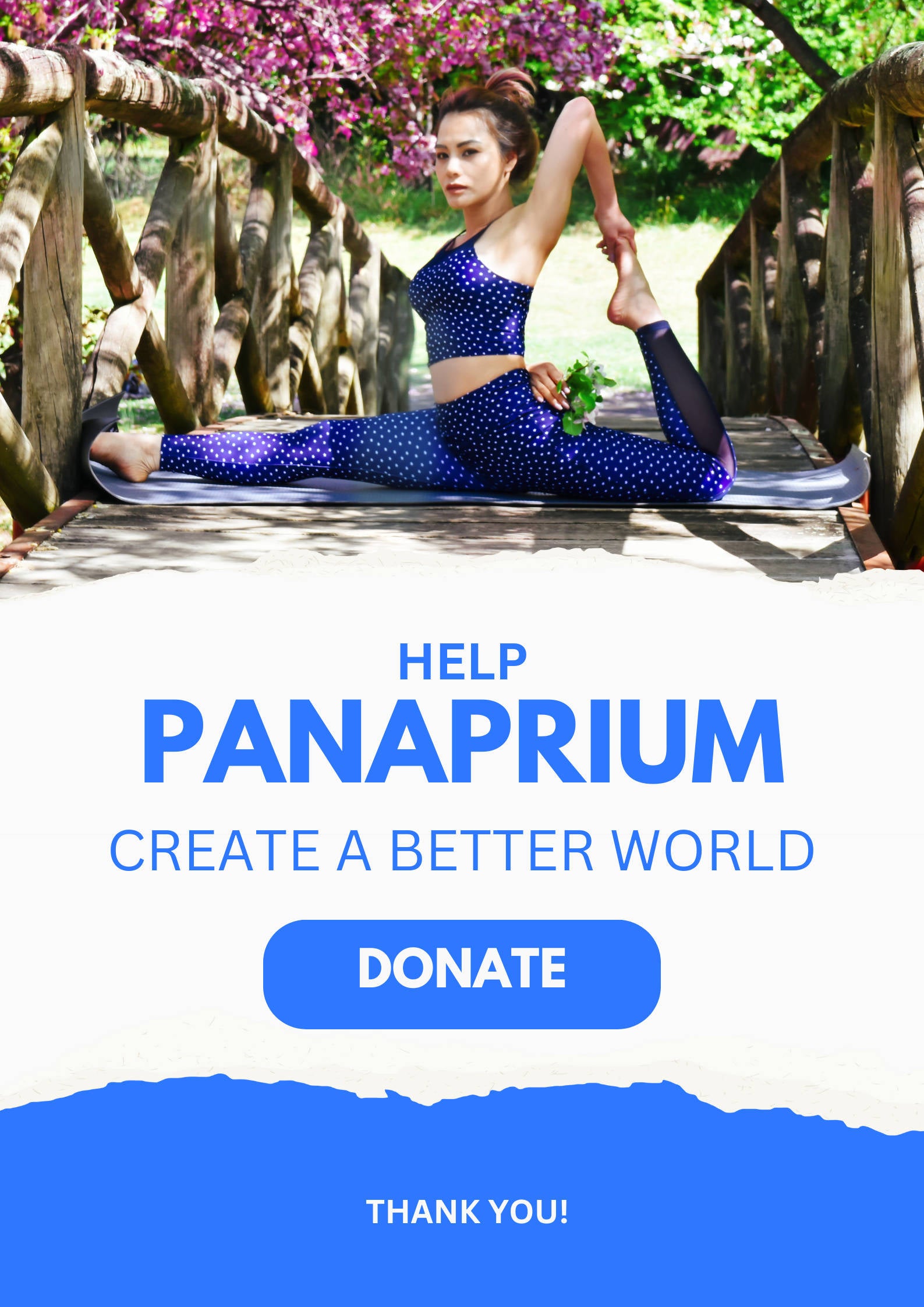












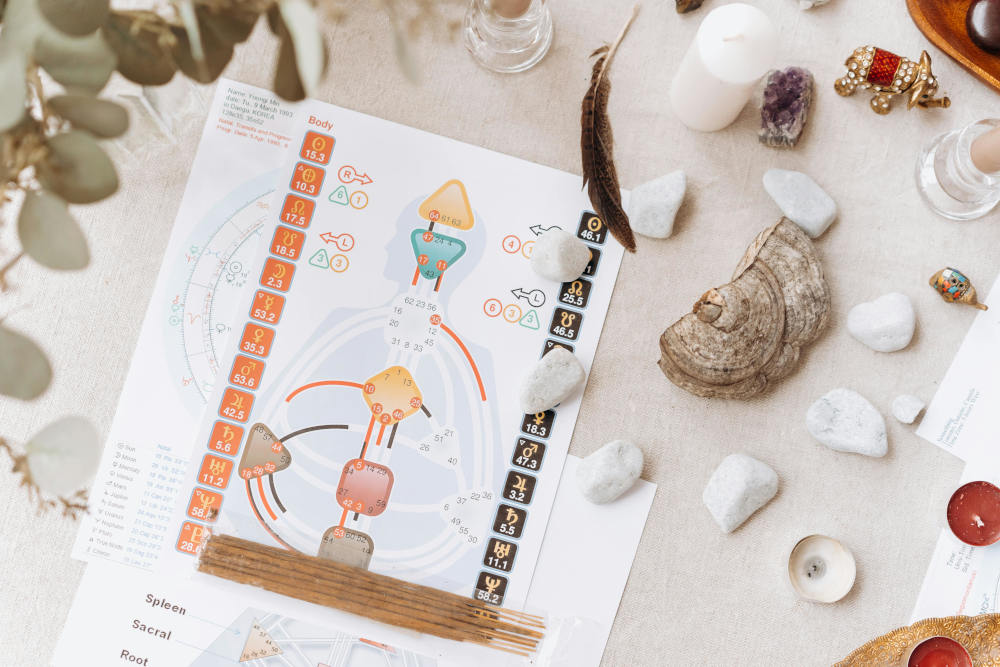













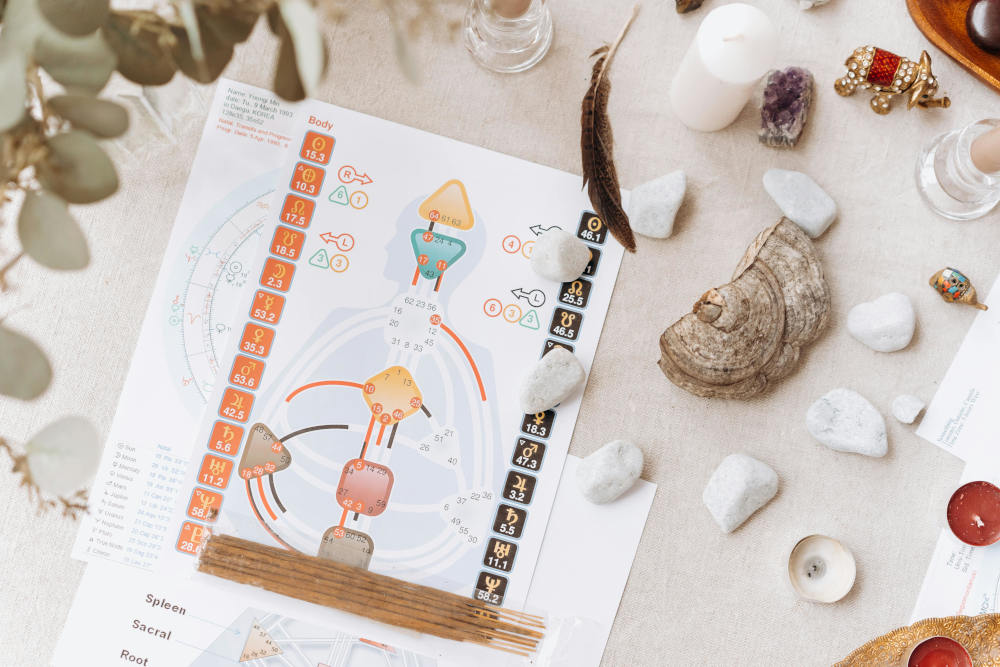

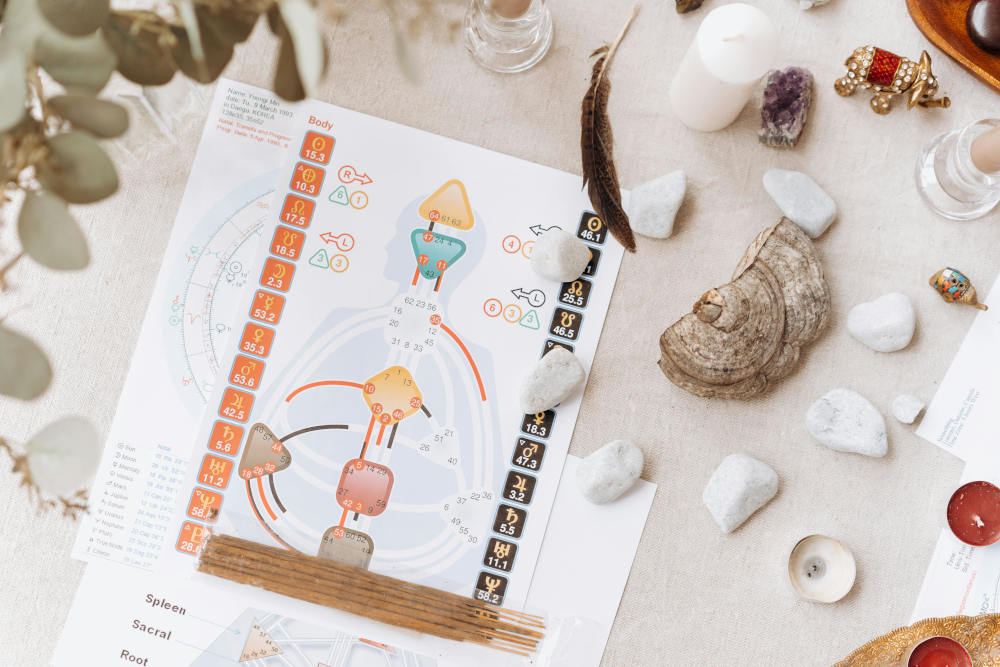






0 comments